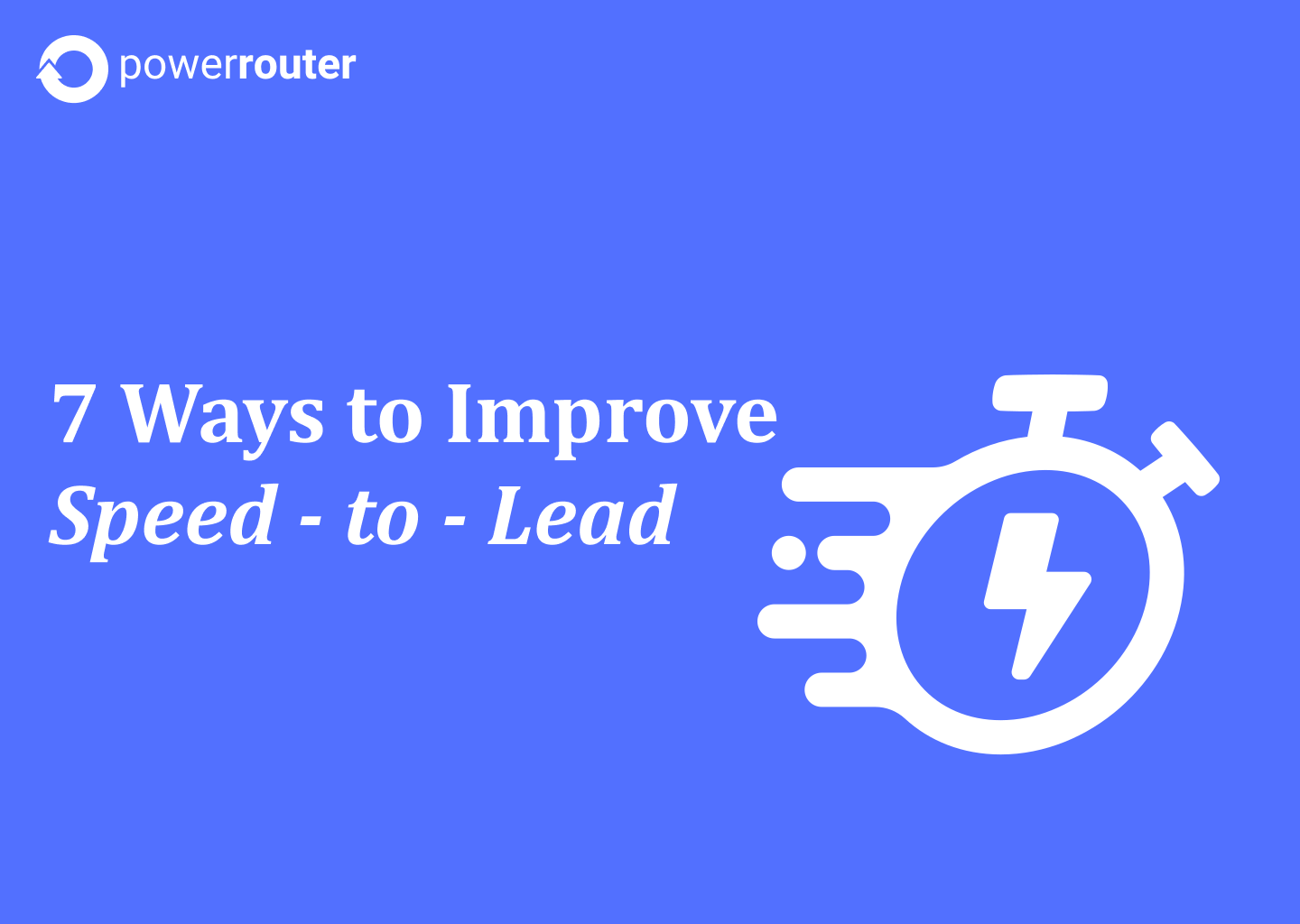Do you know B2B SaaS businesses spend around $500 to $700 to get potential customers interested in their product? Shockingly, 27% of them go uncontacted.
- 78% of customers buy from first responders
- Lead response times less-than-a-minute improves chances of conversions by 391%
- A five-minute deal in lead response time can reduce the chances of qualifying a lead by 80%
Studies show that speed moves the deals forward yet many companies drop the ball when it comes to lead response times.
Basically, contacting a lead within 5-minutes increases the chances of conversion by multiple times. And this is called the ‘Golden-Window.’ Yet only 1% of the B2B companies respond to their leads within five minutes.
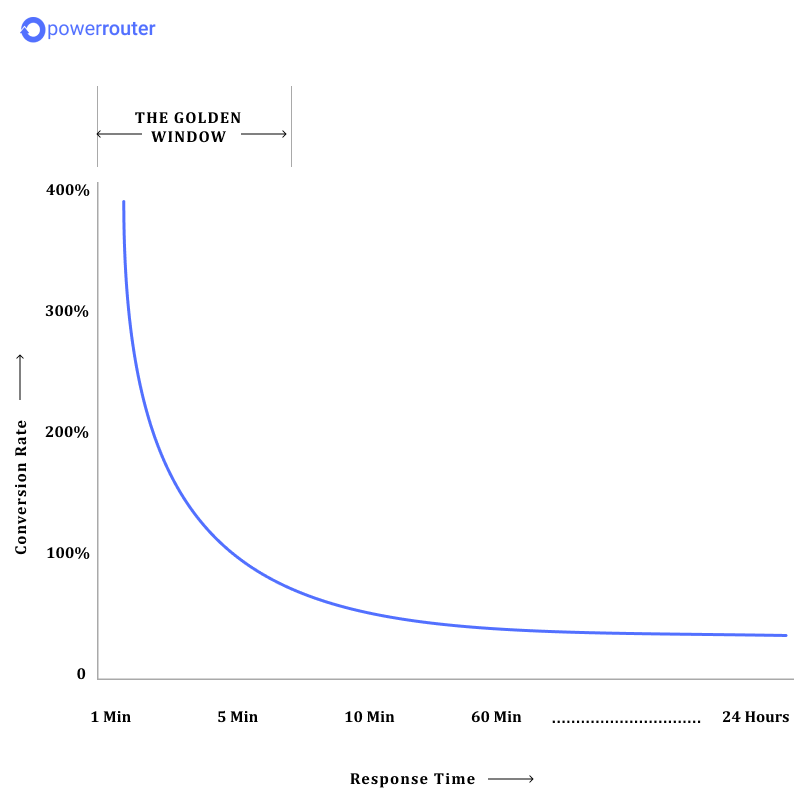
So, what exactly is ‘Speed-to-Lead’ anyway? And how can you improve your Speed-to-Lead and progress deals quickly and effectively.
What is Speed to Lead?
“Speed to lead” is a crucial metric to determine how quickly your sales team responds to your leads. The faster you contact a lead, the more likely you are to close a sale. For your sales process to be effective, your sales team must contact the leads quickly.
Why Speed-to-Lead Matters?
You only have 8 seconds to capture a prospective customer’s interest. Research shows that 88% of leads expect responses within an hour. 30% of your prospects want a reply within 15 minutes.
In today’s competitive market, every company is vying for the same set of customers. If you aren’t quick enough, your competitors will swoop in and steal the deal.
However, speed isn’t just about the numbers; It’s your chance to make a lasting impression. Remember, first impression is the best impression. Moreover, swift responses show professionalism, attentiveness, and a genuine commitment to buyer satisfaction. The longer you wait, the harder it is to win over a lead because they might lose interest or choose your competitor over you.
Hence, Speed-to-Lead can make or break a deal. Here are a few statistics to underline the significance of speed to lead:
- 75% of the prospects buy from first responders (Ricochet360)
- The average lead response time of web leads is 17 hours (Ricochet360)
- A one-minute lead response time increases the conversion rate by 391% (Velocify)
- A longer than 5-minutes lead response time reduces the odds of qualifying a lead by 80% (Vendasta)
- 55% of companies take five or more days to respond to their leads (Vendasta)
- A longer than 5-minute lead response time reduces the likelihood of conversion by 10% (Leadsimple)
- The chances of converting a lead drops by 5% if you contact the lead after 10 hours (Leadsimple)
- Only 27% of leads ever get contacted
- The odds of qualifying a lead increase by 100 times if you respond within 5 minutes.
- 82% of customers/prospects expect faster responses (Hubspot)
- 62% of customers/prospects mention they would like to be contacted within 10 minutes after requesting an inquiry (Hubspot)
- Slow lead response time leads to a 15% increase in customer churn rate
How to Improve Speed-to-Lead?
Your prospect’s journey doesn’t stop after filling out a form on your website. They explore more options, considering their choices, and seeking the best fit for their needs. With each passing moment, their interest in your product/service reduces. That’s why speed matters in sales.
So, here are 7 ways to improve your speed to lead:
Prioritize Leads Based on Score
Ever had an influx of leads, with your sales team struggling to decide which ones to contact first? Half of them slip away due to delayed response times because your reps were indecisive about which lead to contact first.
Having an overflowing pipeline of leads but not being able to drive conversions is frustrating. That is why prioritizing leads is crucial because not all of them are ready to buy. Without prioritization, you waste time on unqualified and unready leads, delaying responses to hot prospects.
Hence, prioritizing leads based on lead score helps you single out leads with a strong intent to buy and a high potential to convert. These high-scoring leads are typically more engaged and responsive.so, you’re not just pinpointing the right leads but striking while the iron is still hot.
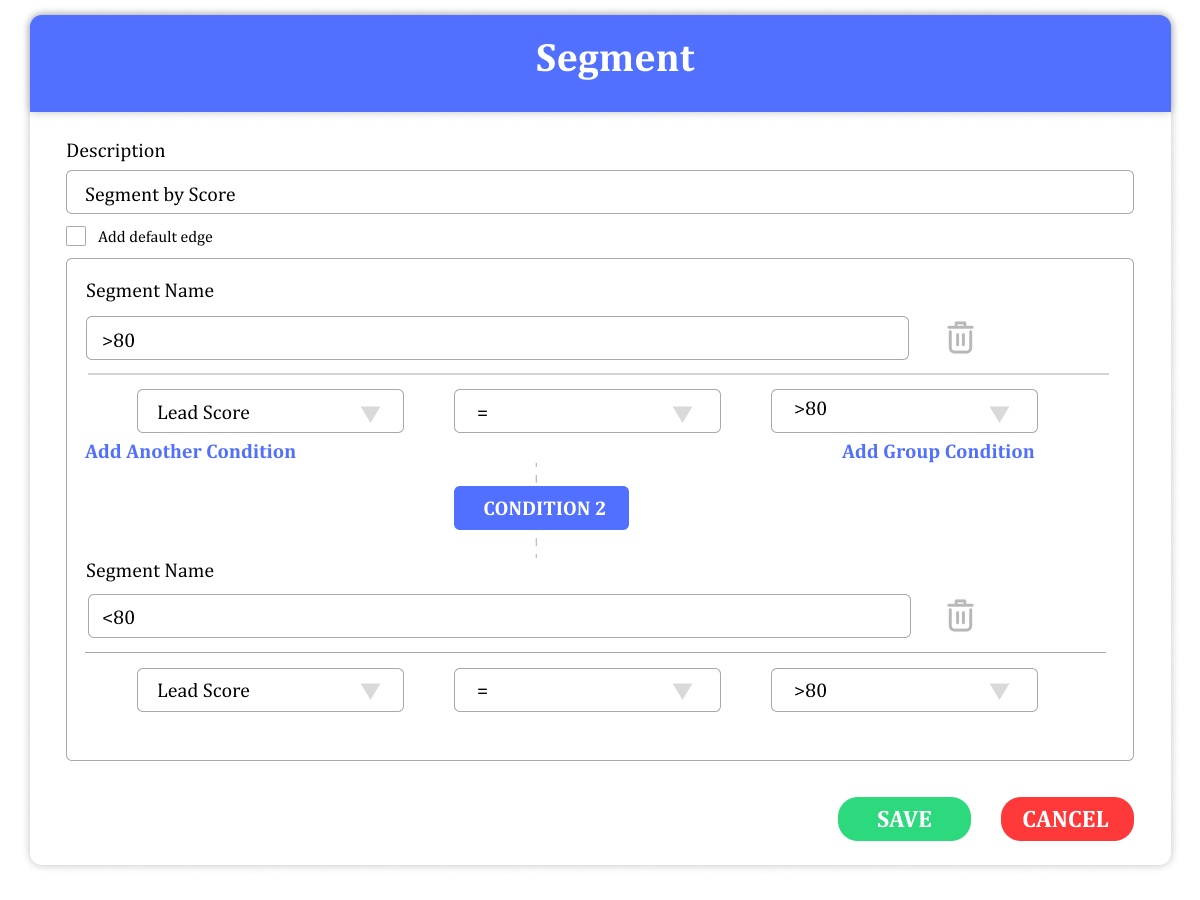
Route Leads to only Available SDRs
Leads have a short window of interest. The faster you respond, the more likely they are to engage with your business. Routing leads to available SDRs means that prospects receive a response almost immediately after expressing interest, significantly improving response times.
Studies have shown that responding to leads within the first five minutes dramatically increases conversion rates. Hence, routing leads based on your SDR’s geography, workshift, and availability ensures an immediate connection with the lead. It decreases the chances of leakage and improves conversion rates.
Real-time Slack Alerts
Time is of the essence for Speed-to-Lead. When a new lead comes in, every moment counts. Slack alerts about new lead assignments ensure that your SDRs are instantly notified about new assignments in real-time. They prompt your SDRs to take action immediately. This ensures that no lead remains unattended or stuck in limbo. They’re less likely to go cold or lose interest while waiting for a response. When leads are promptly assigned and acted upon, there’s less chance of lead leakage and higher likelihood of conversion.
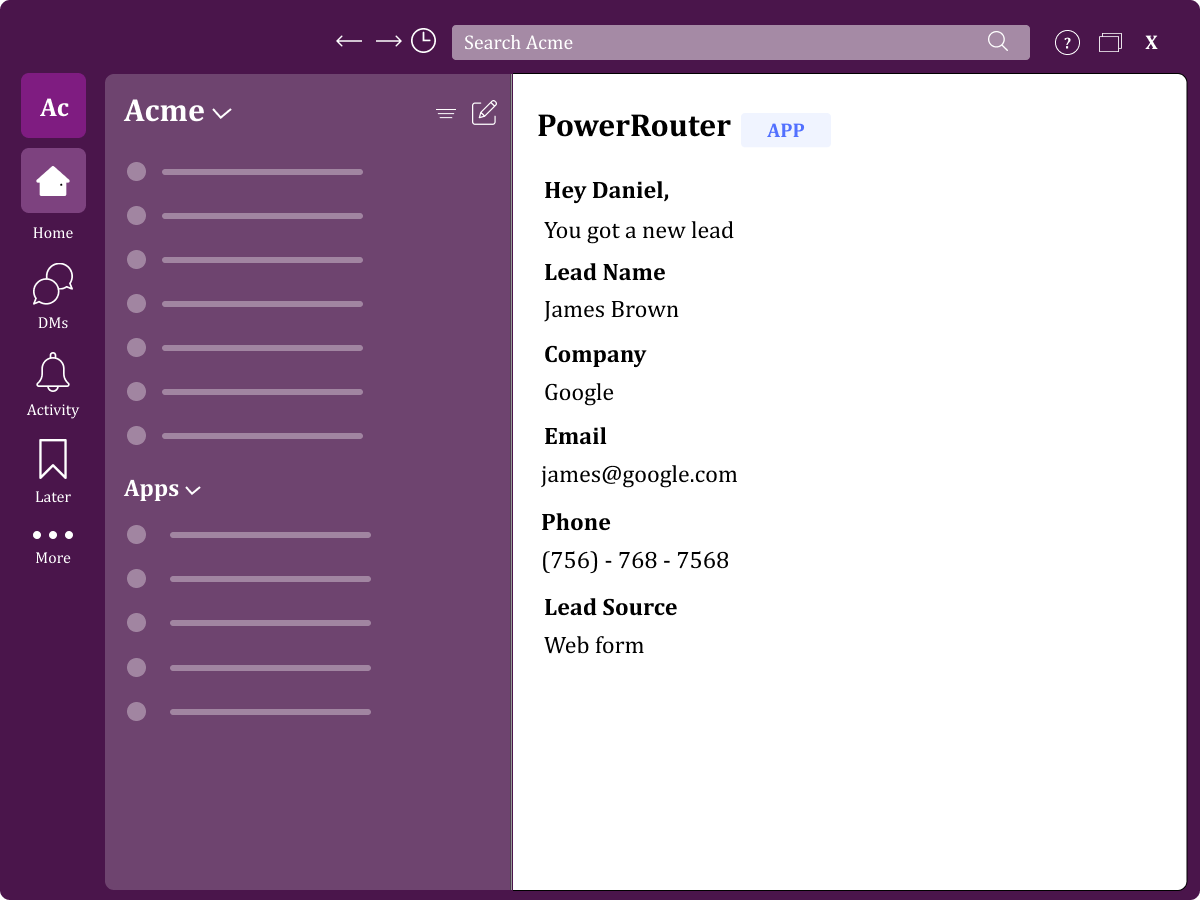
Segment Leads Based on Custom Criteria
Without effective segmentation, your leads exist in a chaotic and disorganized state. Assigning leads haphazardly, without any rhyme or reason, results in confusion and inefficiency. Incorrect assignments become a frustrating roadblock, adversely affecting the buyer’s experience and causing unnecessary delays in lead response times.
However, when you segment leads before assigning them, the right leads seamlessly find their way to the experienced SDRs. This strategic approach minimizes the risk of multiple reassignments or incorrect assignments, ensuring clarity and precision.
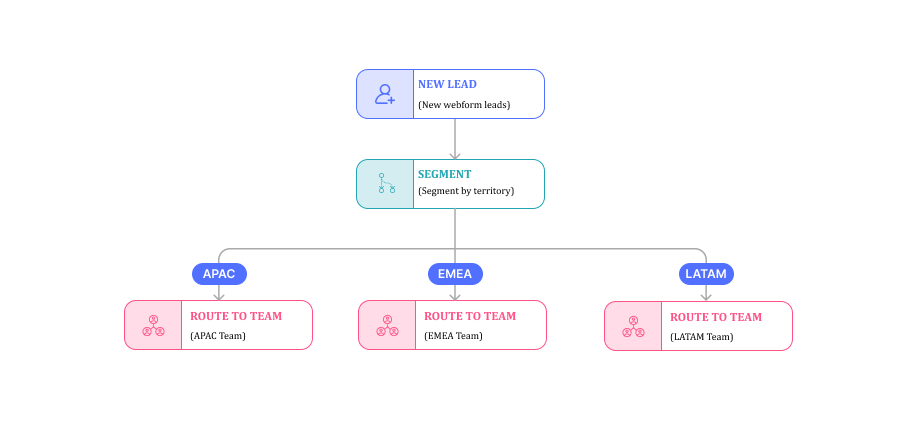
Enforce Time-to-Action Metrics
The modern buyer’s journey is more dynamic than ever, with prospects continuously exploring their options,comparing choices, and making decisions. To keep up with this demand, it’s crucial to optimize your speed to lead, ensuring that your sales team responds promptly to inquiries and leads.
One effective strategy to achieve quick Speed-to-Lead is implementation Time-to-Action metrics. These metrics, often referred to as time-to-lead or response time metrics, gauge how swiftly your sales team responds to incoming leads and inquiries.
Set up strict SLAs (Service Level Agreements) that define response time expectations for different types of inquiries or leads. Reassign these leads if SLAs are not met, ensuring no lead ever goes unattended.
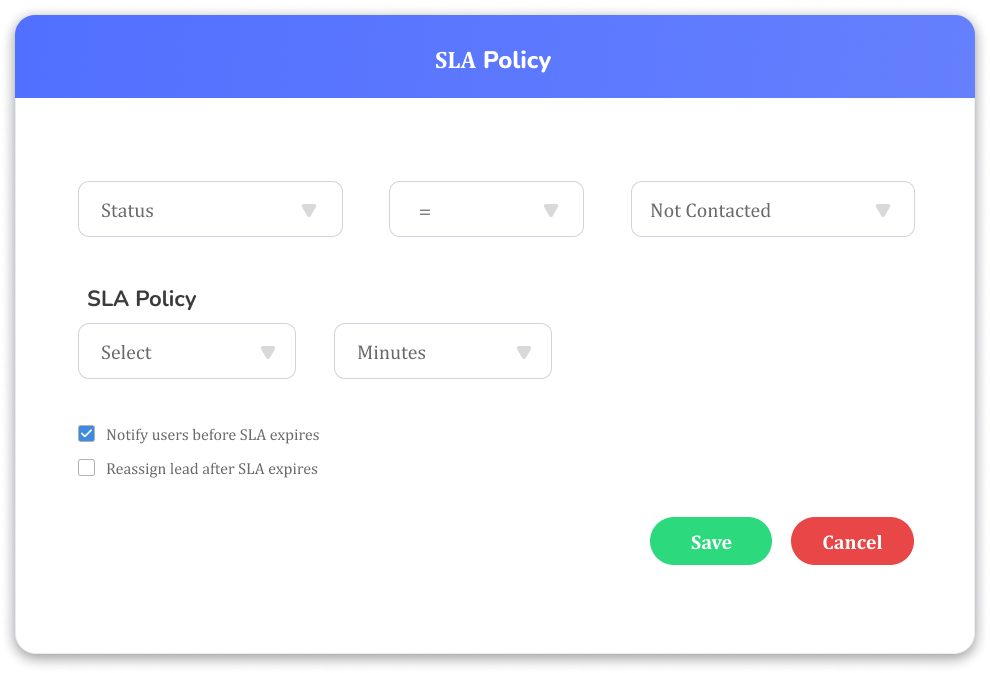
Regularly monitor time-to-action metrics and create reports to track your team’s performance. Recognize and reward prompt responses to encourage a culture of responsiveness within your sales team.
Reassign Uncontacted Leads Immediately
Reassigning uncontacted leads is not just about salvaging potential sales; it’s about optimizing your entire sales process. It’s a strategy that prioritizes responsiveness, minimizes lead leakage, and ultimately drives better results.
Implement automated alerts that activate when a lead is approaching or exceeding the defined response time frame. Craft precise and clear protocols for lead reassignment, which include transferring the lead to another qualified SDR. By swiftly attending to leads that might otherwise have remained uncontacted, you significantly expedite your Speed-to-Lead.
Intelligent Automation
Leads flood in from various channels: website inquiries, email campaigns, social media, and more. Unfortunately, they don’t come neatly labeled and categorized. Some are hot and ready to make a decision. Others are just dipping their toes into the waters.
Manually sifting through this influx is time-consuming. Your SDRs simply don’t have the bandwidth to capture, categorize, prioritize, and assign these leads effectively.
This is where intelligent lead routing tools like PowerRouter step in, offering a streamlined solution to capture, segment, prioritize, and assign the leads to the right reps in real-time with precision. What’s more, these tools require minimal human intervention.
Final Thoughts
With the shortest attention spans, leads come and go quickly. The importance of responding faster cannot be overstated. Quick responses help you start the conversations and establish relationships faster. But Speed-to-Lead isn’t just a number. It’s your chance to make a strong impression. On the flip side, delayed responses can leave leads cold, uninterested, or even in the arms of your competitors. In a world where every second is important, grabbing the moment and responding fast is your winning strategy.
